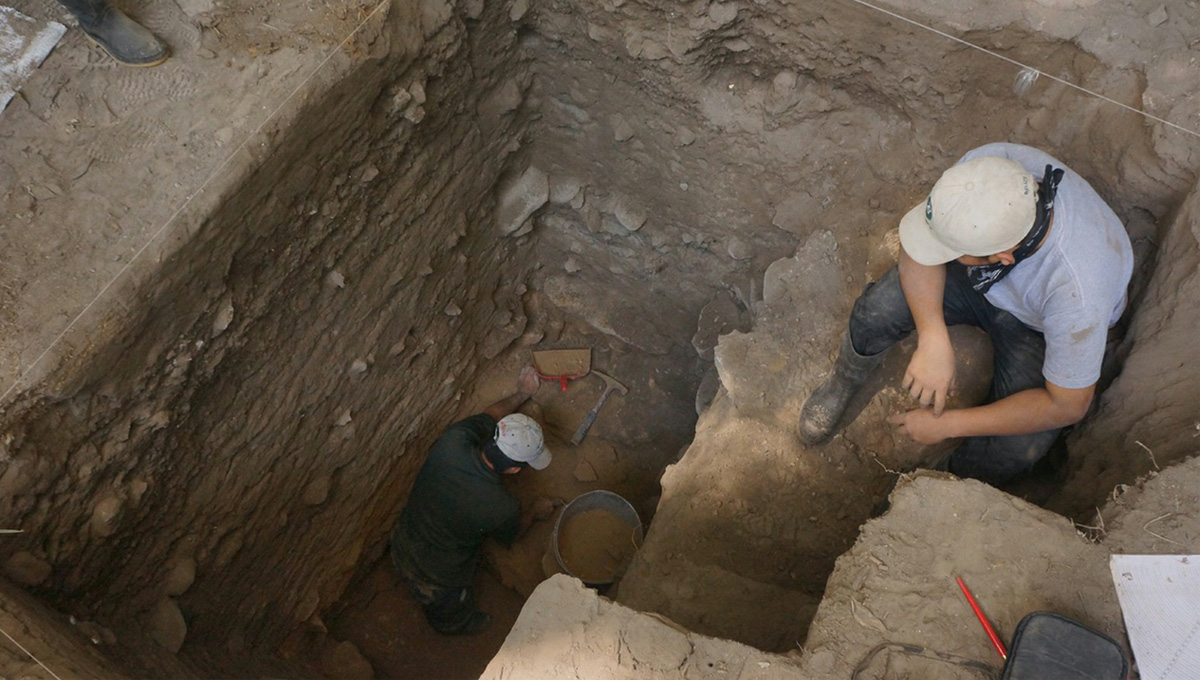
International Research Team Document First Use of Maize in Mesoamerica
June 10, 2020| |
An international team of researchers led by the University of New Mexico (UNM) and the University of California, Santa Barbara have shed light on the first use of maize in Mesoamerica. The research, published in Science Advances, reveals new information on when maize became a key part of people's diets. Until recently, little was known about when humans living in the tropics of Central America first started eating corn. The "unparalleled" discovery of remarkably well-preserved ancient human skeletons in Central American rock shelters revealed when corn became a key part of people's diet in the Americas.
UNM Anthropology Professor Keith Prufer said much of the popularity of maize today has to do with its high carbohydrate and protein value in animal feed and sugar content which makes it the preferred ingredient of many processed foods including sugary drinks. However, the first use of corn may have been in the form of liquor. Prufer's team hypothesized that maize stalk juice has been the original use of early domesticated maize plants. At that time, cobs and seeds were too small to be of dietary significance.
To determine the presence of maize in the diet of the ancient individuals, Prufer's team measured the carbon isotopes in the bones and teeth of 52 skeletons. The study involved the remains of male and female adults and children providing a wholistic sample of the population. The oldest remains date from between 9,600 and 8,600 years ago and continues to about 1,000 years ago. The analysis shows the oldest remains were people who ate wild plants, palms, fruits, and nuts found in tropical forests and savannahs, along with meat from hunting terrestrial animals.
About 4,700 years ago, diets had become more diverse, showing the first consumption of maize by some individuals. The isotopic signature of two young nursing infants shows that their mothers were consuming substantial amounts of maize. The results also revealed an increasing consumption of maize over the next millennium as the population transitioned to sedentary farming.
For more details, read the article in UNM Newsroom.
| |
You might also like:
- Multidisciplinary Study Traces Movement of Maize in South America
- Genome Sequence of 5,310-Year-Old Maize Cob Provides Insights on Its Early Domestication
- ISAAA Biotech Crop Annual Updates: Maize
Biotech Updates is a weekly newsletter of ISAAA, a not-for-profit organization. It is distributed for free to over 22,000 subscribers worldwide to inform them about the key developments in biosciences, especially in biotechnology. Your support will help us in our mission to feed the world with knowledge. You can help by donating as little as $10.
-
See more articles:
-
News from Around the World
- Study Highlights The Role of Communication in Novel Food Acceptance
- COVID-19 Driving Up Hunger in Food Crisis Hotspots, Urgent Action Necessary
- Top 5 Biotech Crops Occupy 99% of Global Biotech Crop Area
- Experts Urge States to Embrace Genome Editing in Addressing Key Challenges in Health and Agriculture
- International Research Team Document First Use of Maize in Mesoamerica
- Farmers in Paraguay Achieve Yield Increases through Agri-biotech
-
Plant
- USDA Classifies Gene-Edited Soybean As Non-Regulated
- Experts Use Viruses for Transgene-free Gene Editing in Plants
-
Health
- CRISPR Technique 90% Effective in Reducing SARS-CoV-2 Coronavirus
- Study Shows COVID-19 Risk Might be Linked to Blood Type
-
Read the latest: - Biotech Updates (December 10, 2025)
- Gene Editing Supplement (December 17, 2025)
- Gene Drive Supplement (February 22, 2023)
-
Subscribe to BU: - Share
- Tweet

